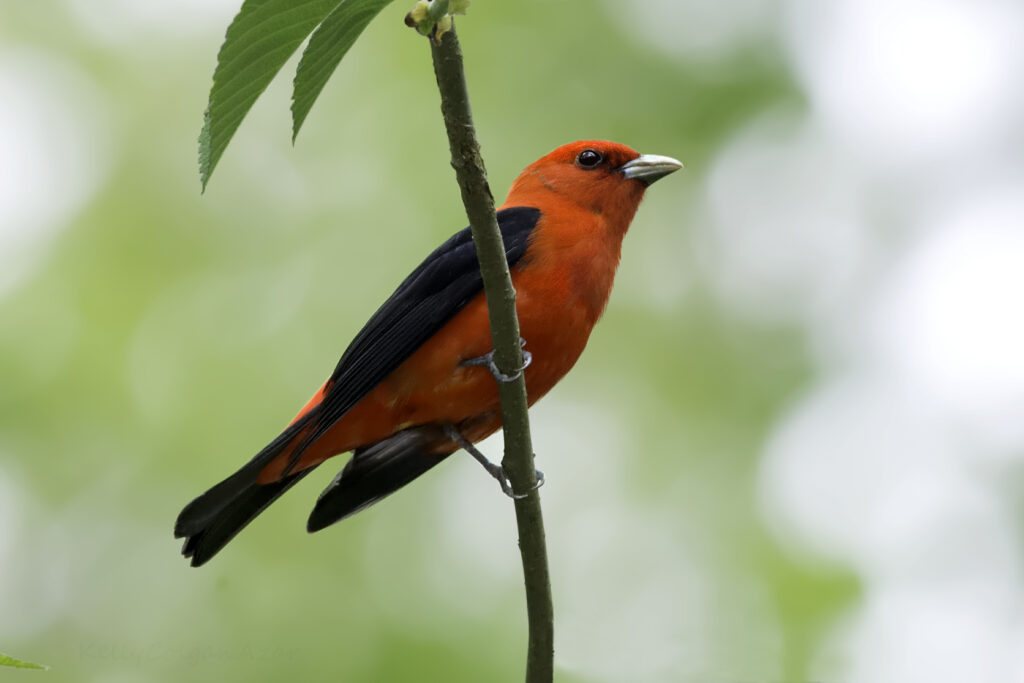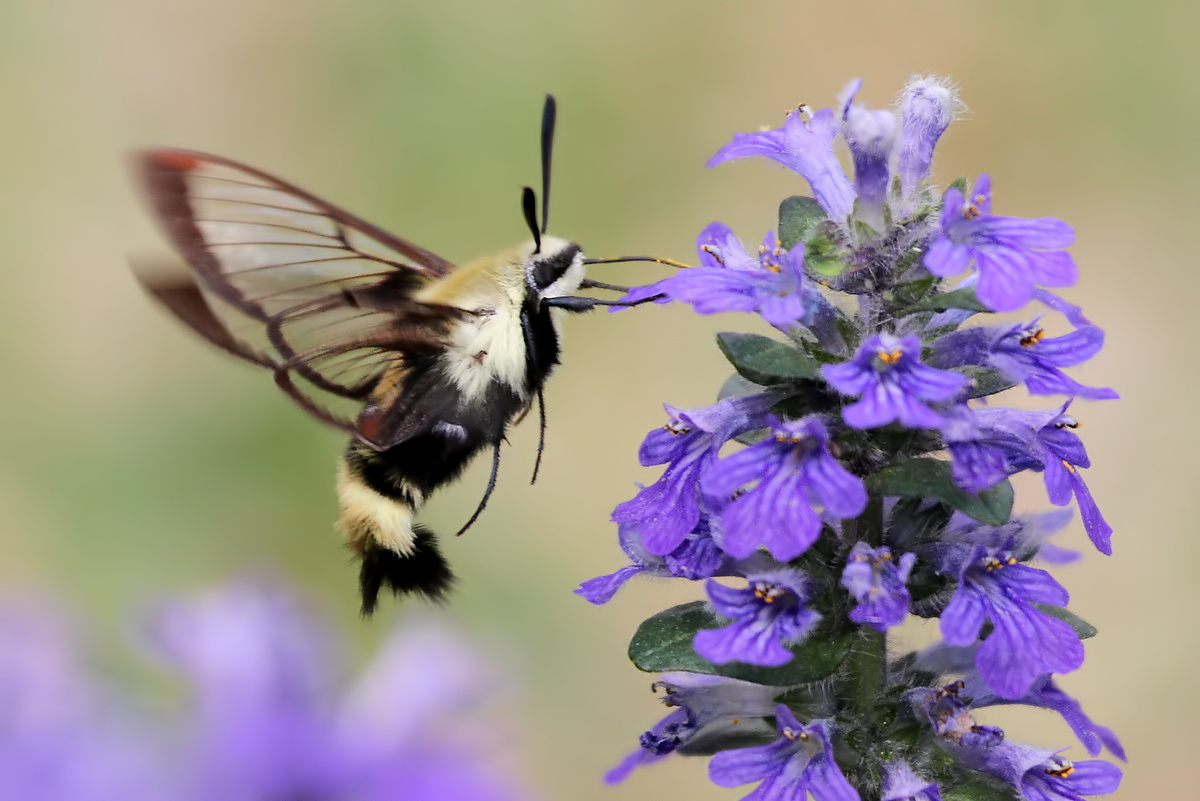Have you noticed a flash of brilliant color or a beautiful song new song in the morning? A special group of visitors is passing through; spring songbird migration is getting underway.
Our short-distance migrating birds–robins, red-winged blackbirds, and wrens–have returned and the long-distance migrating birds are heading our way.
Triggered by changing atmospheric cues, birds migrate north in search of food and locations to raise their young. Neotropical songbirds like warblers, thrushes, vireos, and tanagers are the jewels of the long-distance migrating birds. These colorful, small aviators leave their winter homes in South and Central America and journey north to their summer nesting grounds in the boreal forests of Canada.
Traveling over 2,500 miles at speeds of 15 to 55 miles per hour, migration is a dangerous journey for these birds. Most travel at night when the air is cooler and less windy. Leaving shortly after sunset also lets them avoid larger predator birds. Using the stars and moon to navigate, they can track rising or falling atmospheric pressure to predict when the weather will be fair for flying.
These long-distance treks are not random journeys. Birds have been migrating along routes, or super flyways, for centuries. As land along these routes becomes developed and habitats disappear, so does the number of migrating birds. They need multiple stops along the way to rest and refuel or take cover during storms.
You can help them by turning your yard into a bird “Bed & Breakfast.” Providing what they need, bugs, berries, and branches, your backyard can become a Superhost site. They can’t provide a raving review online, but they might reward you with a song or display of their vibrant colors.
Migrating songbirds don’t eat the seed you put out in your feeders. They need insects, fruit, and water to refuel. Branches of shrubs and trees provide resting spots for them during the day. Native shrubs and trees like viburnum, serviceberry, elderberry, winterberry, and oaks attract the insects that birds need. Make your yard a pesticide-free zone to help increase their food supplies.
When attracting birds to your outdoor space, don’t expose them to other dangers. Outdoor domestic cats threaten and kill birds. Artificial outdoor light can disorient and confuse birds migrating at night leading to window collisions and exhaustion. Offer a safe stopover by keeping cats indoors and reducing outdoor light pollution. Turn off outdoor lights during the hours of 11pm-6am, use motion sensors on lights, and close blinds to keep indoor light inside.
Migration isn’t a steady convoy of birds. Like our spring weather, they come in blasts and trickles. Scientists have been studying bird migration for decades using bird banding, transmitters, and radar. You can now follow live bird migration traffic at www.Birdcast.info. The site offers a dashboard with the number of birds traveling each night, likely species traveling through our area, and a 3-day migration forecast. By staying alert to when high bird traffic is expected you can turn out lights, and roll out the welcome mat, and catch a glimpse or sound from these amazing visitors.
Photo of Scarlet Tanager by Kelly Colgan Azar
Julie Borgmann is the Executive Director of Red-tail Land Conservancy. Her passion is preserving habitats where people and wildlife can thrive.




